We’ve had a number of visitors in the last few months – my mom and dad; our friends, Nate, Tina, and Aleia; and Cory’s mom and dad. In addition to the joy at seeing familiar faces again, these visitors have offered reminders of some of the funny little differences between the US and NZ…
Yes, water really does flow backwards here. I’d been asked this a number of times, and I had spent unusual amounts of time staring into our toilet as it flushed, but the set-up of our toilet is that is simply flushes down. Dad solved the mystery for me, quite simply, by filling up the sink and watching the water spiral down counter-clockwise.
Speaking of toilets, public toilets are common in most cities and towns. I assumed this was for the numerous travelers and tourists, but even small towns offer this option. Fascinating.
Still on the topic of toilets, everyone has been impressed with the “dual-flush” option. I just made that term up, actually; I have no idea what it is called. Most toilets have two buttons to flush – one is a low-flow option, as Tina pointed out, for #1s (or wees, as kiddos here call it). The other is a regular flow option, for anything else.
And that dual-flush option on your toilet is just the beginning of the environmentally-conscious Kiwis. Over 70% of their energy is generated from renewable sources (mainly hydro-electric and geothermal). Most families take advantage of the good weather by hanging washing on the line year-round. Curbside recycling is predominant, and many schools offer recycling beyond just white paper.
Within the home, there are a few other different features. Each outlet has its own power switch, so that you can power off without unplugging (think of the energy drain you’ve been warned about from your plugs with ac adapters on them). The on/off switches are also reversed from the US – up is off and down is on.
The reversal of the light switches is much less tricky than the reversal of the turn signals and the wipers in our car. I still give the old windshield a swipe when, really, I simply mean to indicate my right turn.
And the whole opposite-side of the road thing is not the only other differences while driving. Most street signs are pretty self-explanatory, except for the isosceles triangle painted on the road. The first time Cory and I spotted this was when we were trying to exit the Auckland Airport rental agency’s car park. Remember from your geometry class that an isosceles triangle has two longer sides, making it look a lot like an arrow. (I’m sure there is some more concise definition involving acute angles, total degrees, etc, but I don’t really care to remember.) Anyway, every time we got to an exit at this car park, we’d see an arrow, pointing back in to the cark park! It looked as though it was a one-way, and we were going the wrong way. We drove around, looking for the right place to exit. Eventually, Cory just drove out, disregarding the triangle/arrow. It wasn’t too much later that we saw the words “GIVE WAY” below one of these “arrows”. An isosceles triangle is not an arrow; it is a yield indicator. Ah ha!
Another meaning has also been assigned to the word “entrée”. At a restaurant in NZ, an entrée is not your main dish, but an appetizer. This really only trips you up once, on the first menu you read – by then, you’ve got it figured out. From this menu, should you order a “lemonade”, though, you’ll be surprised to receive Sprite or 7Up. Look for the words “real lemonade” to get what you were thinking of.
Another observation made by our visitors has been the general friendliness of the New Zealand people. Maybe it is our accent, but it is frequent that someone will strike up a question, ask where we’re from, share a travel story, and offer a bit of advice. Even if they drive on the wrong side of the road, they are a good bunch of people, these Kiwis! :)
Monday, March 9, 2009
Subscribe to:
Post Comments (Atom)
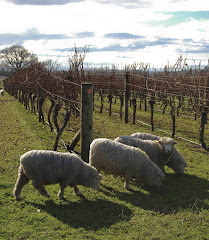
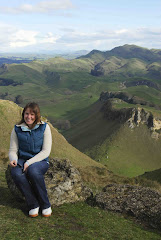
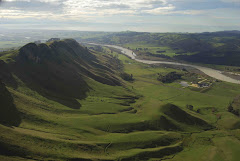

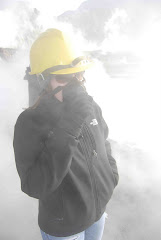



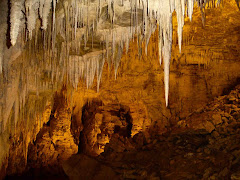
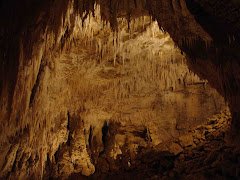

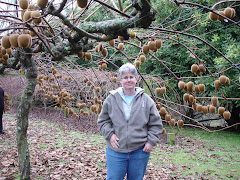
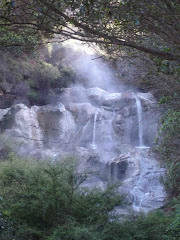


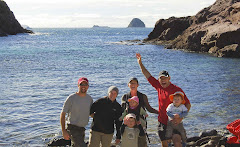








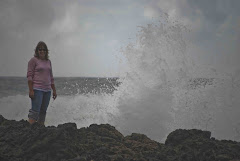



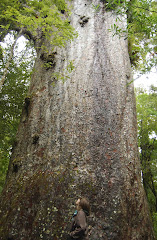
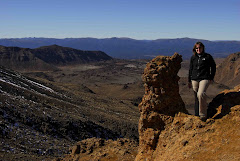
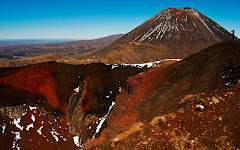

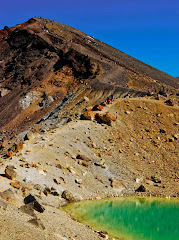
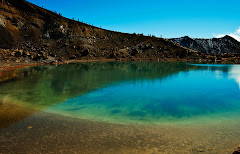
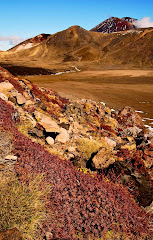
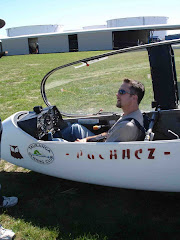
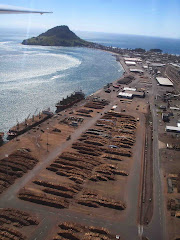



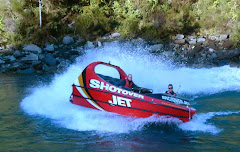
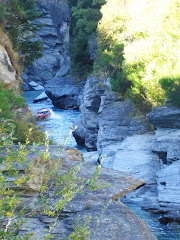

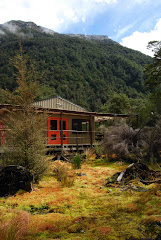


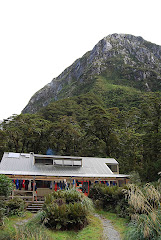

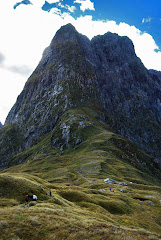
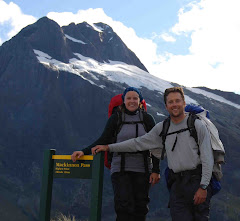
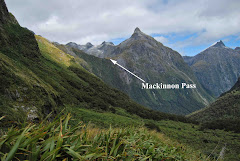
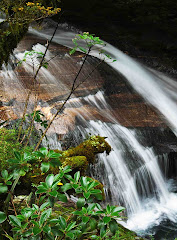


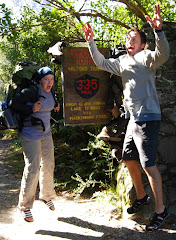


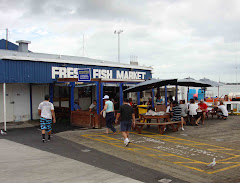


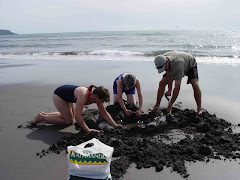




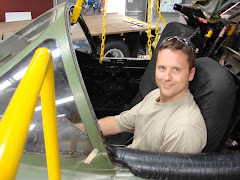
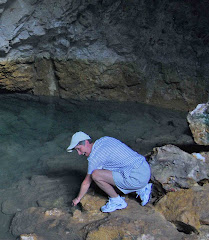
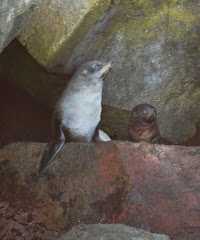
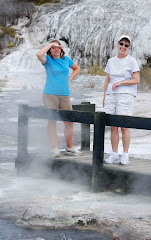



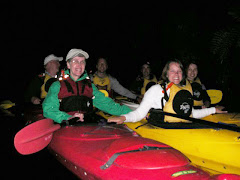




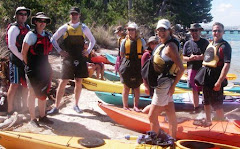


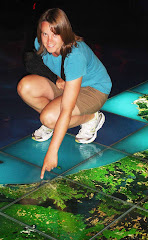
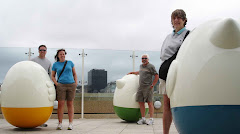
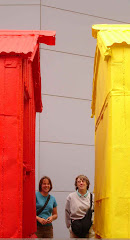



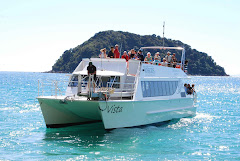




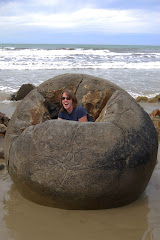
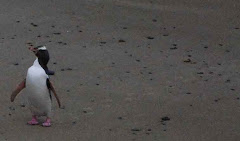
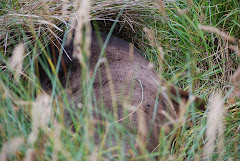
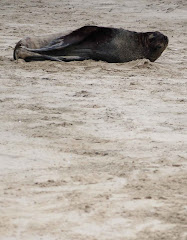



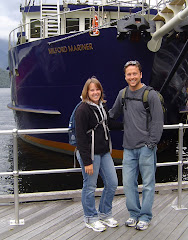
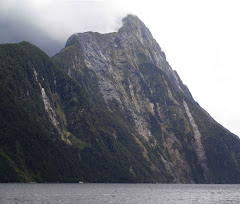
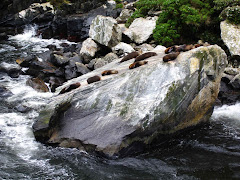
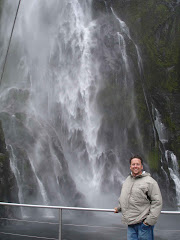

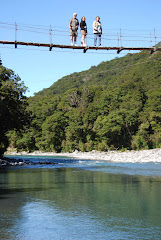

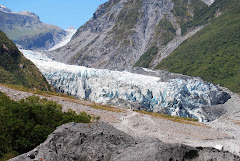

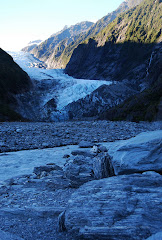
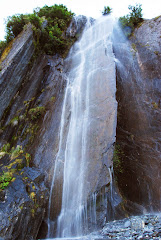
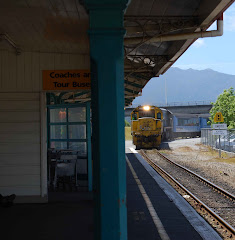
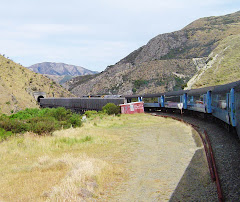




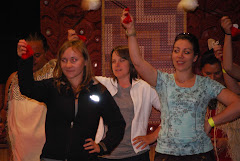
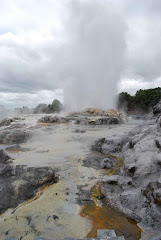


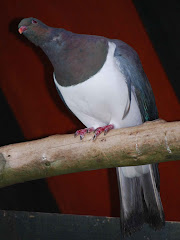
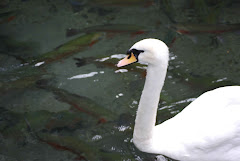
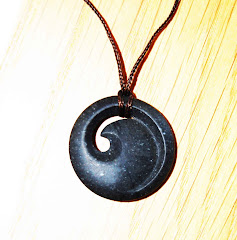








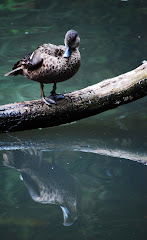

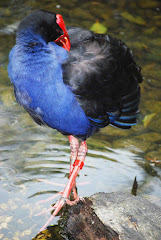

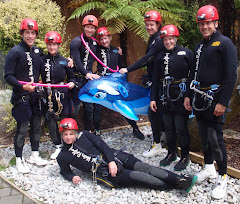


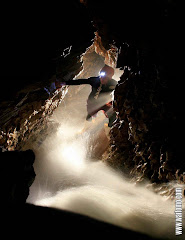

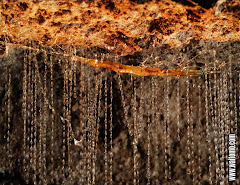
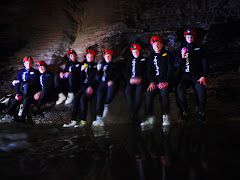



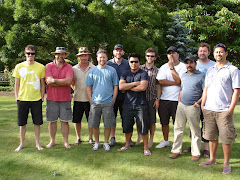
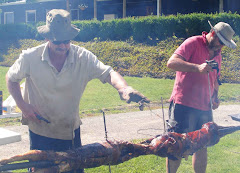
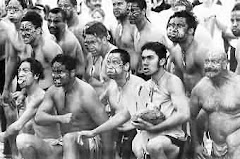
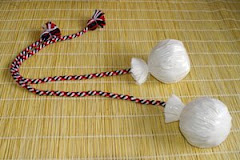
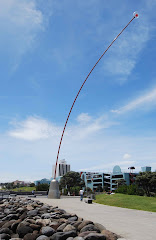
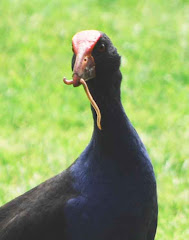

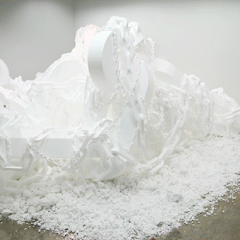
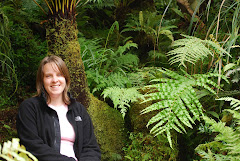
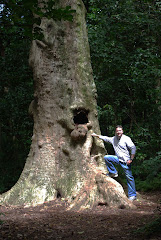
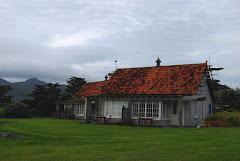


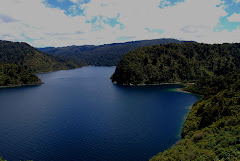
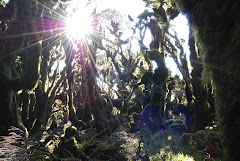



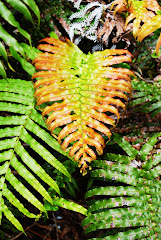

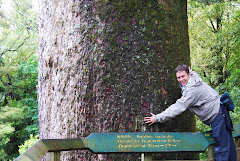
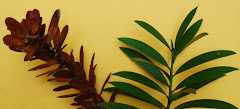
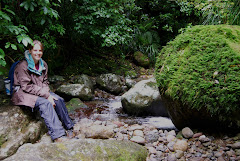

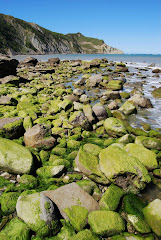


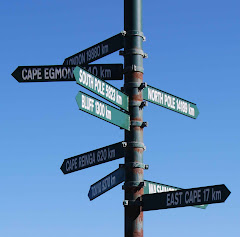
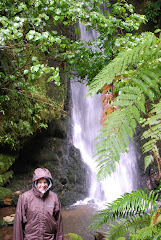


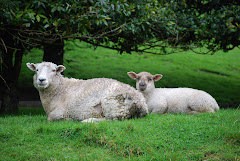
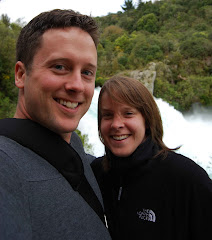

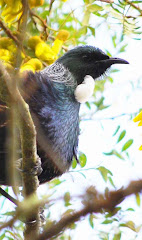
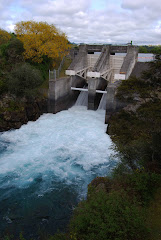


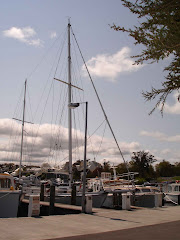
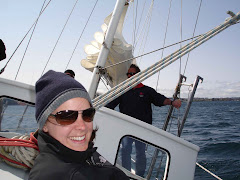

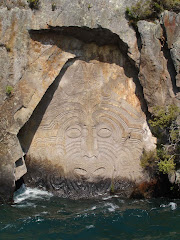

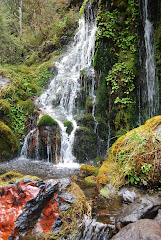
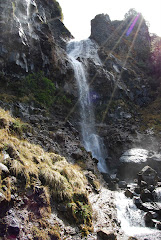
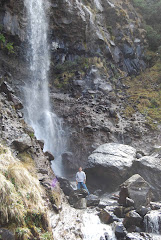






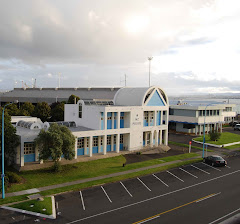

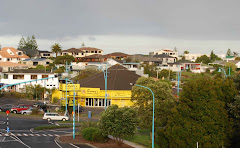




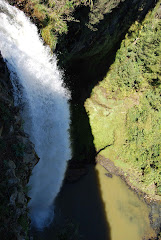
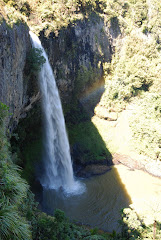

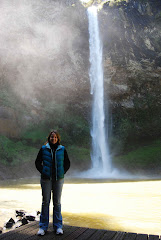
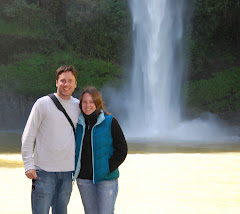
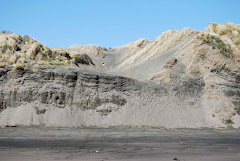

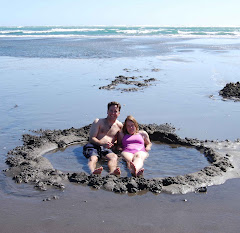
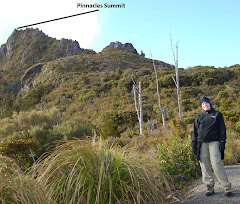
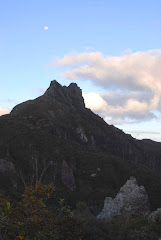
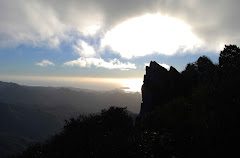
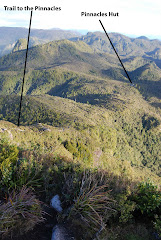



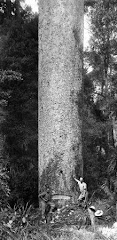

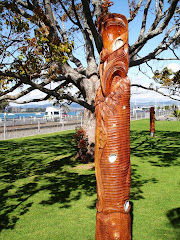

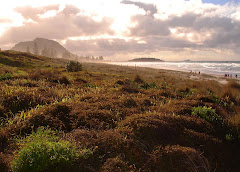


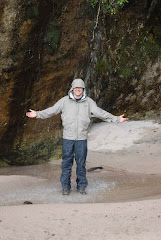
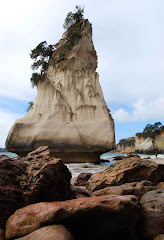

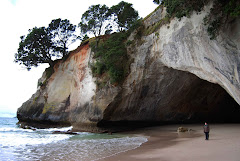








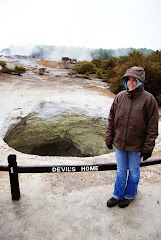
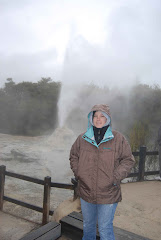



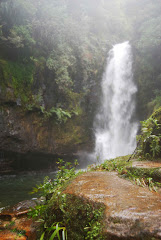

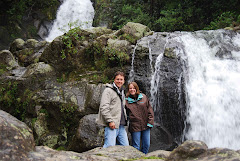

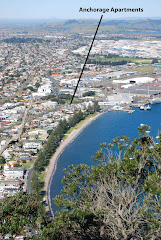











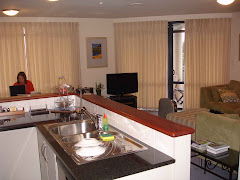





No comments:
Post a Comment